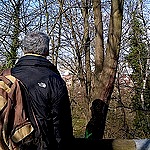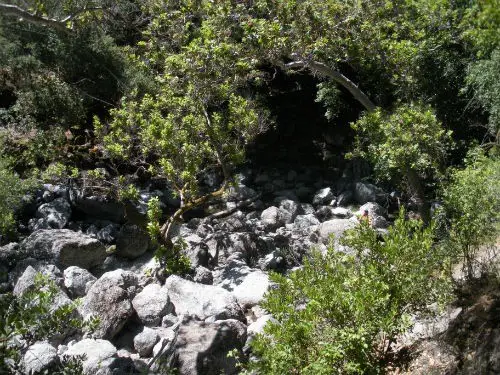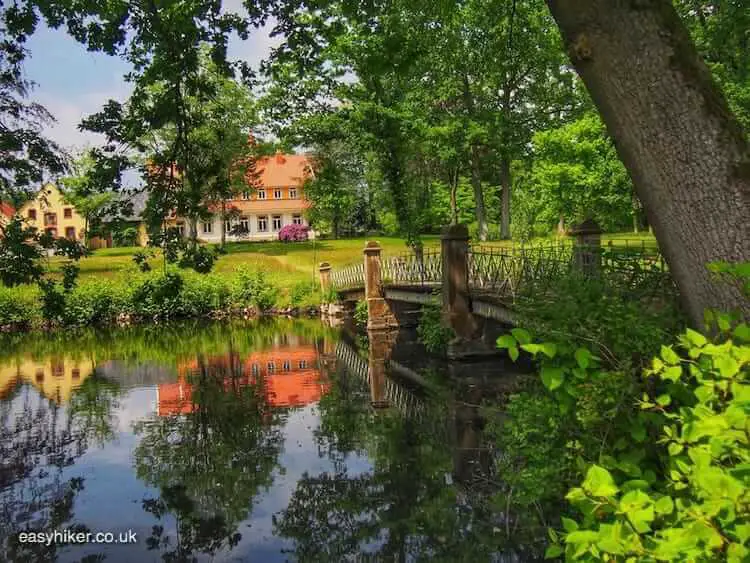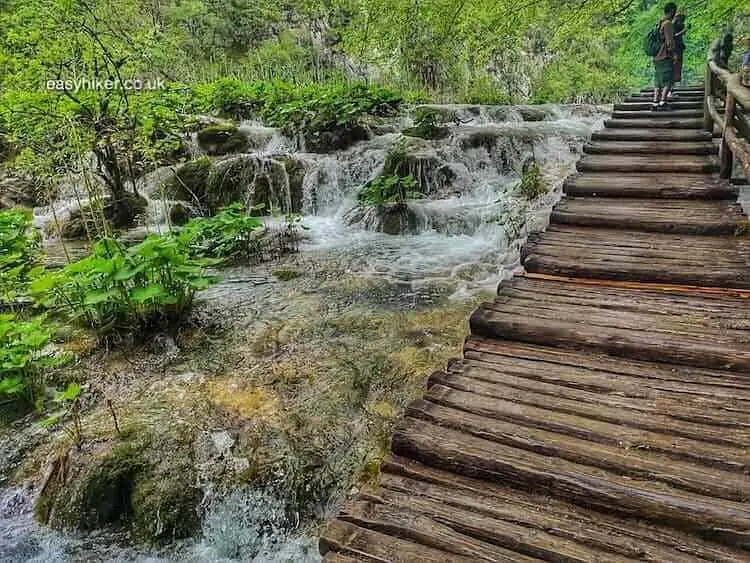Guest Post: Hiking in New Zealand
Birds, kidnappers and hiking. Now, what do these three have in common? Let Jim McIntosh tell you all about it.
Hiking in New Zealand
New Zealand hosts the world’s largest mainland based gannet colony at Cape Kidnappers in Hawke’s Bay. The Australasian Gannets have been nesting at this site since 1870, and now number around 6,500 pairs.
The young chicks at 16 weeks old take to their inexperienced wings and commence a 2,800 kms flight across the Tasman Sea, returning when around 2 – 3 years later, but nest in earnest in their 5th year. The birds live an average life of 30 to 35 years.
Hike it!
The whole route to the colonies can be walked if you leave Clifton Beach soon after the high tide has turned. Check the tide tables available at Napier Info Centre.
It’s a 16 kilometres round trip of easy walking along a beach of sand or shingle below towering cliffs of sediment, sandstone or ancient volcanic pumice.
As you gaze up on the cliffs, take in the changing composition of the geological layers and the forces of movements in the earth’s crust illustrated by the fault lines in the exposed faces.
Ebbing is another reason to take the walk after the tide, when there is ample room on the beach for walkers. There is an overland route back should you get caught out by the tides.
You’ll be overtaken by tractor trailer units, which stop at various points while the drivers hold their guests spellbound with descriptions of the area and geology of the terrain. Eavesdrop – the drivers are great friendly guys! They love a bit of good-hearted banter.
Ride It!
Another way to get to the colonies: take a tractor trailer ride with Gannet Beach Adventures. It is so much fun and excitement. There is a short hike at the end to the nesting colonies, where there is wonderful close viewing of gannets. We have done this three time and each time it gets better!
At the Black Reef colony, you’ll be metres away from gannet nests. While some parts of the walk will be on shingle, most is on firm packed sand as you see.
This hike is a great way of getting up really close to these beautiful and graceful birds. Respect them and stay behind the rope barrier.
Don’t try to disturb them or scare them into flight just for a photo opportunity – there is plenty of activity going on in the colonies within metres of you. The adults will be constantly leaving or returning from their offshore feeding grounds, and the reuniting couples are raucous and energetic with their welcomes.
Take your swimming gear for a cooling dip in the surf. Don’t forget sunscreen and hat. Best months to go are November through to February. While the beach walk can be done all year, the colonies are closed July through October.
Explore the rest of Hawke’s Bay
The Hawke’s Bay area is known for long, hot dry summers and cool winters, and with rich, alluvial-gravel soils, it is one of NZ’s premier wine growing areas. After a great day of sea, surf and sun, what better than wine sampling and good food at any of the vineyards back at Clifton, or throughout the Hawke’s Bay region?
Ever though of going hiking in New Zealand?
Jim McIntosh, married, with 3 world traveller children, custom shoemaker, loves gardening, music, travel, the odd elephant orphan, and walking their mongrel dog Lilly.







